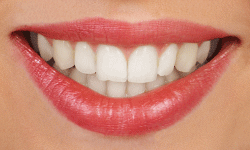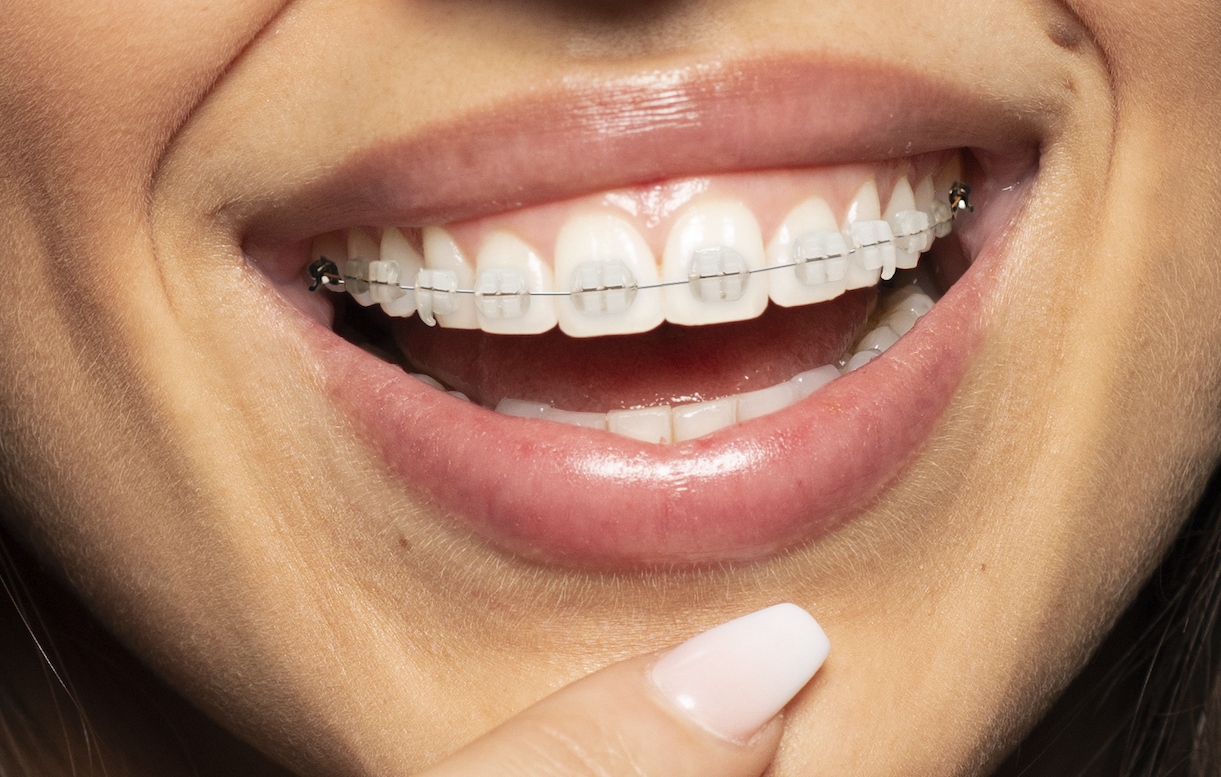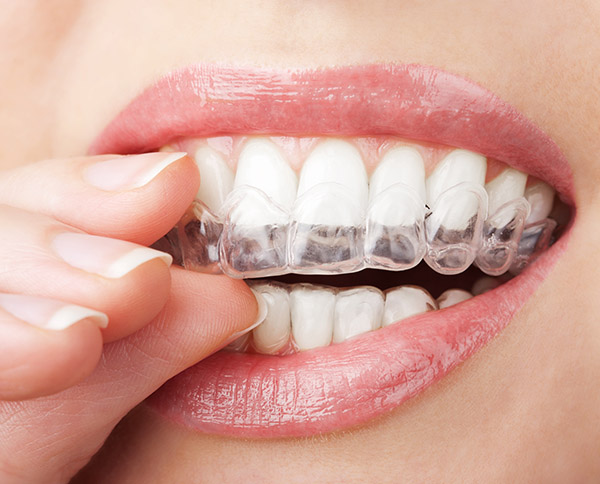Metal Braces

Traditional Metal Braces
Traditional metal braces are the most common type of braces and are more comfortable today than ever before. Made of high-grade stainless steel, metal braces straighten your teeth using metal brackets and archwires. With metal braces, you have the option of adding colored elastics (rubber bands) for a more unique and colorful smile.

Ceramic Braces
Ceramic braces are made of clear materials and are therefore less visible on your teeth than metal braces. For this reason, ceramic braces are used mainly on older teenagers and adult patients who have cosmetic concerns. While they are visually less prominent, they do require more attention to oral hygiene as ceramic braces are larger and are more brittle than their metal counterparts. For these reasons, ceramic braces tend to be used more on upper front teeth than on lower teeth.

LightForce 3D Custom-Printed Braces
LightForce 3D Braces uses digital technology to custom-print brackets for each individual. By using AI, the orthodontist and LightForce technicians work together to visualize your braces journey from beginning to end and create a treatment plan that is perfect for you.
Invisible (Clear) Orthodontic Appliances

Invisalign®
Invisalign® uses a series of invisible, removable, and comfortable aligners to straighten your teeth. And, no one can tell you are wearing Invisalign because it's invisible! Not only are the aligners invisible, but they are removable, so you can eat and drink what you want while in treatment, plus brushing and flossing are less of a hassle. The aligners are comfortable and have no metal to cause mouth abrasions during treatment. Please visit our Invisalign page to learn more about it.

ULAB systems®
ULAB systems® use a series of invisible, removable, and comfortable aligners to straighten your teeth. The aligners allow for keeping up with great oral hygiene as you can remove them anytime to brush and floss. Also, ULAB® technicians and AI work together with the orthodontist to create a patient-specific treatment plan.




 Website Powered by Sesame 24-7™
Website Powered by Sesame 24-7™